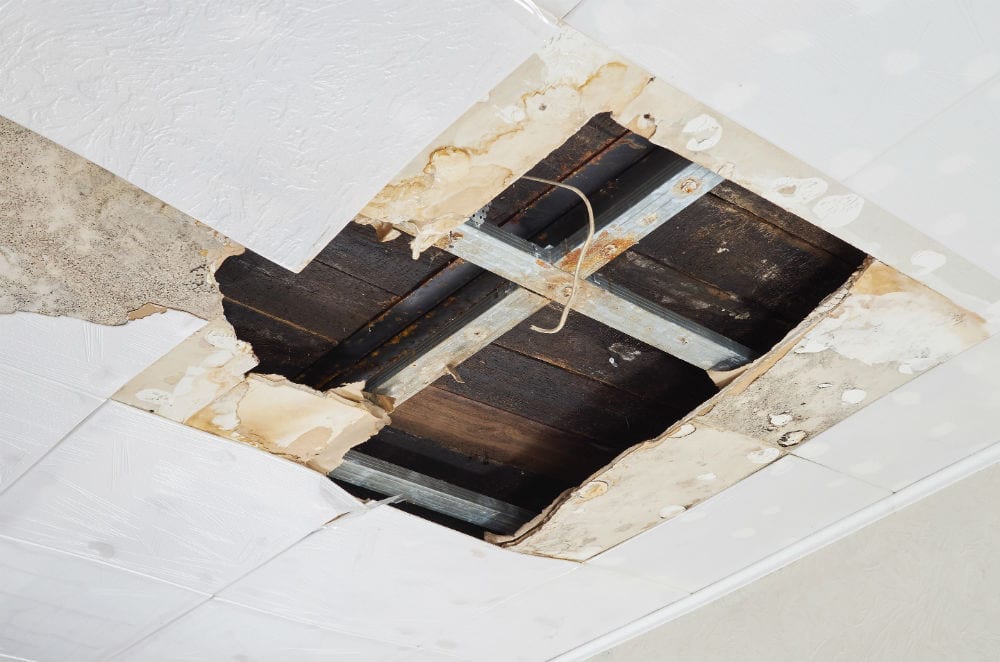Do's as well as Don'ts During Water Damage Emergency Situations.
Do's as well as Don'ts During Water Damage Emergency Situations.
Blog Article
Are you searching for related information about Keeping Your Home Safe This Holiday Season?

Water provides life, however water invasion on some parts where it's not meant to be can result in damage as well as hassle. In enhancement, residences with water damage smell old and mildewy.
Water can originate from many resources like tropical storms, floodings, ruptured pipes, leakages, as well as sewer problems. If you have water damages, it's much better to have a working expertise of safety and security preventative measures. Here are a couple of guidelines on how to handle water damage.
Do Prioritize Home Insurance Coverage Protection
Seasonal water damage can come from floodings, seasonal rains, and also wind. There is likewise an incident of an unexpected flood, whether it originated from a defective pipe that instantly ruptures into your residence. To secure your house, get home insurance that covers both disasters such as natural tragedies, and also emergencies like broken plumbing.
Don't Forget to Turn Off Utilities
When disaster strikes and also you're in a flood-prone area, switch off the primary electrical circuit. Turning off the power prevents
When water comes in as water offers as a conductor, electrical shocks. Don't neglect to turn off the main water line shutoff as a means to prevent more damage.
Maintain your furnishings steady as they can move about and also trigger added damage if the floodwaters are getting high.
Do Stay Proactive as well as Heed Weather Condition Alerts
If you live in an area plagued by floodings, remain positive and ready at all times. Pay attention to the news as well as evacuation warnings if you live near a body of water like a creek, lake, or river .
Do Not Ignore the Roof
Your roofing contractor should take care of the damaged rain gutters or any kind of other signs of damage or weakening. An inspection will avoid water from flowing down your walls and also saturating your ceiling.
Do Focus On Little Leakages
A burst pipe doesn't take place in a vacuum cleaner or overnight. There are warnings that can attract your focus as well as show to you some damaged pipes in your house. Signs of red flags in your pipes consist of bubbling paint, peeling off wallpaper, water streaks, water spots, or leaking noises behind the walls. There are signs that the pipe will rupture. Do not wait for a rise if you see these indicators. Repair and also inspect your plumbing repaired prior to it causes enormous damage to your home, funds, and also an individual headache.
Do Not Panic in Case of a Ruptured Pipe
Maintaining your presence of mind is crucial in a time of situation. Since it will suppress you from acting quick, stressing will just compound the trouble. Panic will additionally provide you extra stress and anxiety. Timing is essential when it comes to water damage. The longer you wait, the even more damage you can expect as well as the most awful the outcomes can be. Right away closed off your major water valve to reduce off the resource as well as prevent even more damage if a pipe bursts in your residence. Disconnect all electric outlets in the location or switch off the breaker for that part of your house. Call a trustworthy water damage restoration specialist for aid.
Water gives life, yet water invasion on some parts where it's not intended to be can result in damages and inconvenience. In addition, residences with water damages odor moldy as well as old.
Seasonal water damages can come from floodings, seasonal rainfalls, as well as wind. Indicators of red flags in your pipelines include bubbling paint, peeling wallpaper, water streaks, water discolorations, or trickling audios behind the walls. If a pipe bursts in your residence, immediately closed off your primary water valve to reduce off the resource as well as prevent more damage.
Some Do's & Don't When Dealing with a Water Damage
DO:
Make sure the water source has been eliminated. Contact a plumber if needed. Turn off circuit breakers supplying electricity to wet areas and unplug any electronics that are on wet carpet or surfaces Remove small furniture items Remove as much excess water as possible by mopping or blotting; Use WHITE towels to blot wet carpeting Wipe water from wooden furniture after removing anything on it Remove and prop up wet upholstery cushions for even drying (check for any bleeding) Pin up curtains or furniture skirts if needed Place aluminum foil, saucers or wood blocks between furniture legs and wet carpet Turn on air conditioning for maximum drying in winter and open windows in the summer Open any drawers and cabinets affected for complete drying but do not force them open Remove any valuable art objects or paintings to a safe, dry place Open any suitcases or luggage that may have been affected to dry, preferably in sunlight Hang any fur or leather goods to dry at room temperature Punch small holes in sagging ceilings to relieve trapped water (don't forget to place pans beneath!); however, if the ceiling is sagging extremely low, stay out of the room and we'll take care of it DO NOT:
Leave wet fabrics in place; dry them as soon as possible Leave books, magazines or any other colored items on wet carpets or floor Use your household vacuum to remove water Use TV's or other electronics/appliances while standing on wet carpets or floors; especially not on wet concrete floors Turn on ceiling fixtures if the ceiling is wet Turn your heat up, unless instructed otherwise

I stumbled upon that blog posting about Reducing Your Risk Of Water And Fire Damage At Home while browsing the internet. Enjoyed reading our blog entry? Please share it. Let another person check it out. Thanks so much for going through it.
Report this page